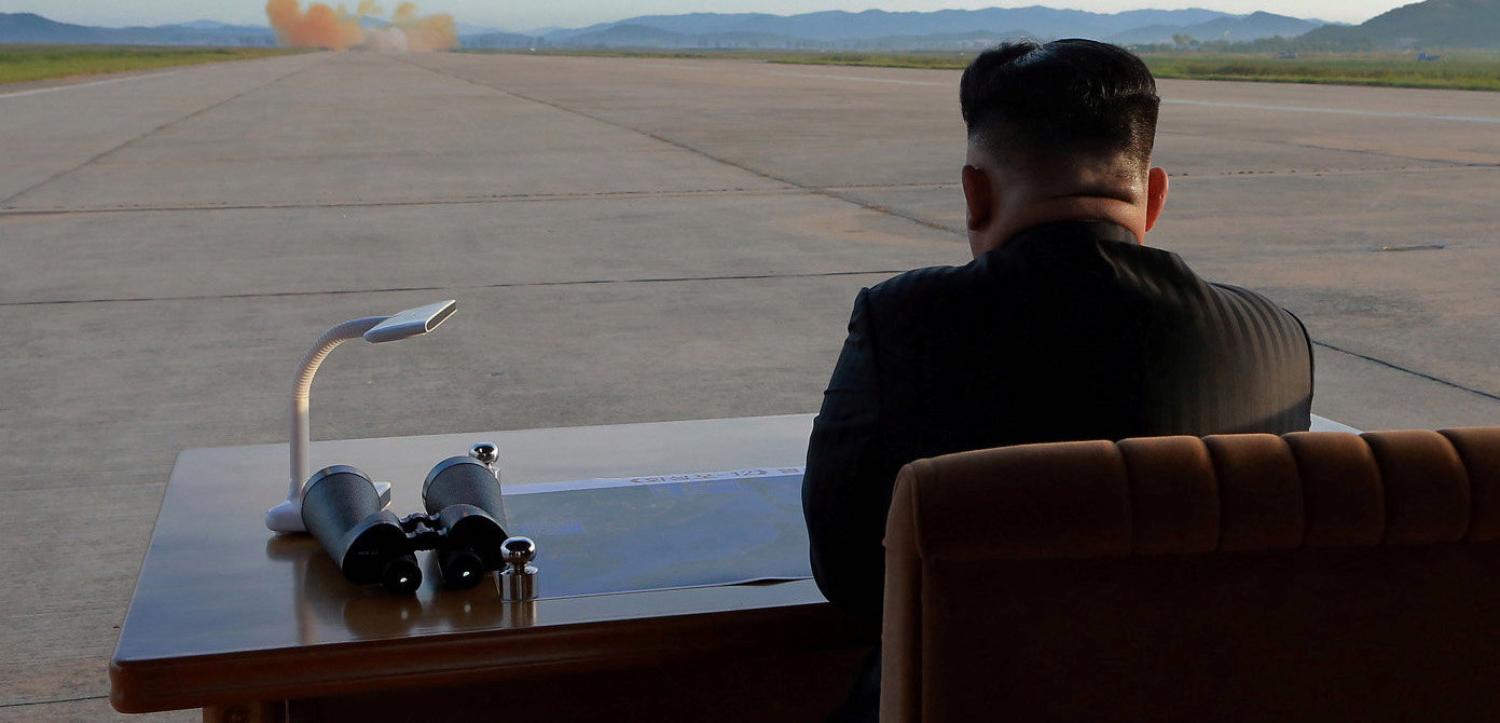A test of a North Korean thermonuclear weapon (or H-Bomb) over the Pacific Ocean is horrifying proposition. Apart from the serious strategic implications, the physical blast and electromagnetic effects of such a detonation would be catastrophic. If such a test occurred without warning, planes could fall from the sky as their electronics fail. Even satellites in low-earth orbit could be affected. The environmental effects on the ocean and its fishing resources would also be serious.
Much will be written about the horrifying implications of such a test, but apart from sabre-rattling, there could be a more practical side. North Korea has apparently reached the limit of what it can achieve with underground nuclear testing.
To date, all of North Korea’s six nuclear tests have been conducted in tunnels at the Punggye-ri site in northeastern North Korea. Some tests have been so hermetically contained that no trace emissions were ever detected. This is better for the environment but it produced confusion for foreign analysts, who could not even be sure whether plutonium or uranium was used as the fissile material for some detonations. North Korea is known to have production systems for both.
The most recent test was almost certainly North Korea’s first thermonuclear bomb. This device was tested in a tunnel that was apparently more fortified (by natural terrain) than previous tests, and designed to contain the strong force from this new H-Bomb. However, this was apparently not enough to completely seal in the explosion. Small traces of radioactivity have been detected beyond North Korea’s borders. Clearly, North Korea’s test site is showing its limitations.
North Korea has a track record of steadily increasing the yield of its nuclear weapons. Now that the feasibility of a North Korean thermonuclear weapon has been demonstrated, the next step will be to produce an even bigger bang. Testing such a device underground would probably be impractical for any nation. North Korea’s small size and geography denies it the sort of vast, relatively unpopulated areas of land that have been used for above-ground nuclear testing in the past. So a test in international waters is really the only practical option, disregarding the serious consequences of such an act.
Thus, there are strong technical reasons for a Pacific Ocean thermonuclear test. While North Korea may frame such a test as revenge for Donald Trump’s bellicose rhetoric, such a test would probably be carried out even without his harsh words. The goal is simply to advance the state of this nation’s nuclear arsenal.

